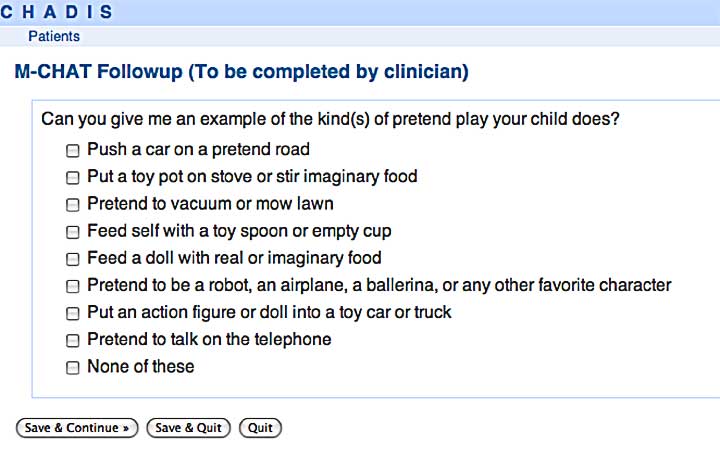Benefits for Clinicians
| CHADIS Assessment Tools |
| • | ADHD Tool Kit |
| • | CHADIS 0-3 |
| • | Autism Screening |
| • | NICU |
CHADIS Educational
Quality Improvement
| • | ABP Activity Profile |
| • | Participant Checklist |
| • | FAQs |
New Office Set-Up
| Brochure & Rate Card |
For Clinicians
|
|||||
Autism Screening through CHADIS
For a complete description of each item, please click "open."
•
Close [X]
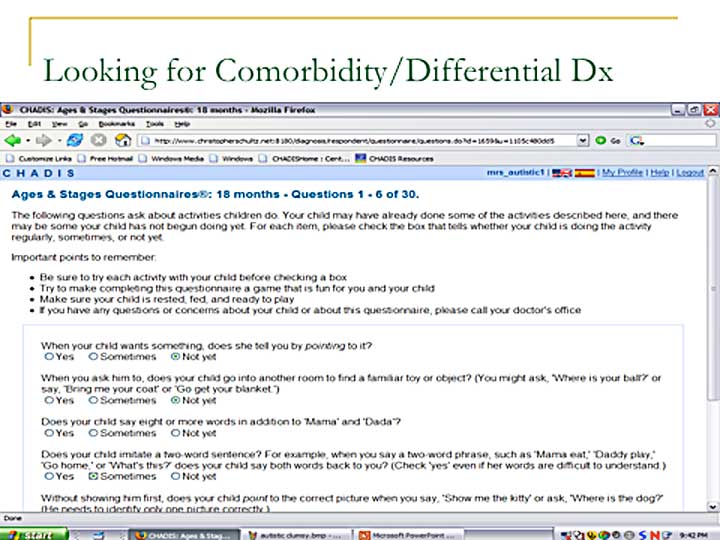  Ages & Stages Questionnaires® (ASQ), or Infant Development Inventory® (IDI) recommended for use at the same visits. Ages & Stages Questionnaires® (ASQ), or Infant Development Inventory® (IDI) recommended for use at the same visits. |
|||
Close [X]
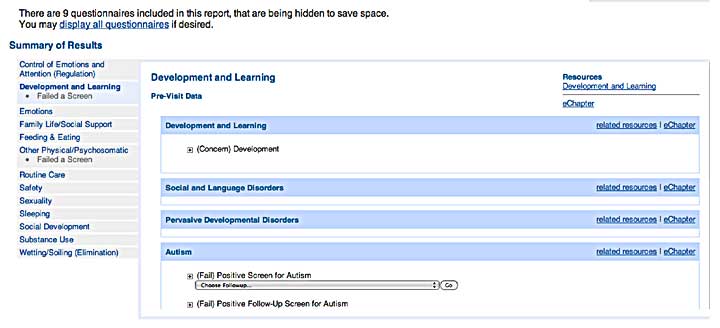 
Kleinman JM, Robins DL, Ventola PE, Pandey J, Boorstein HC, Esser EL, Wilson LB, Rosenthal MA, Sutera S, Verbalis AD, Barton M , Hodgson S , Green J, Dumont-Mathieu T, Volkmar F, Chawarska K, Klin A , Fein D. The Modified Checklist for Autism in Toddlers: A Follow-up Study Investigating the Early Detection of Autism Spectrum Disorders. J Autism Dev Disord. 2007 Sep 20
Close [X]
|
|||||||
Close [X]
 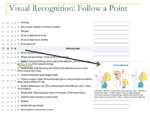 This guide to observation, called the Autism Features Observation System (or AFOS), consists of a series of features that may tend to confirm or refute the diagnosis of autism being suggested by the positive MCHAT screen. There are some items of the AFOS that call for the clinician to do something, like point to the light in the ceiling and see if the child follows the point by looking. This guide to observation, called the Autism Features Observation System (or AFOS), consists of a series of features that may tend to confirm or refute the diagnosis of autism being suggested by the positive MCHAT screen. There are some items of the AFOS that call for the clinician to do something, like point to the light in the ceiling and see if the child follows the point by looking.Close[X]
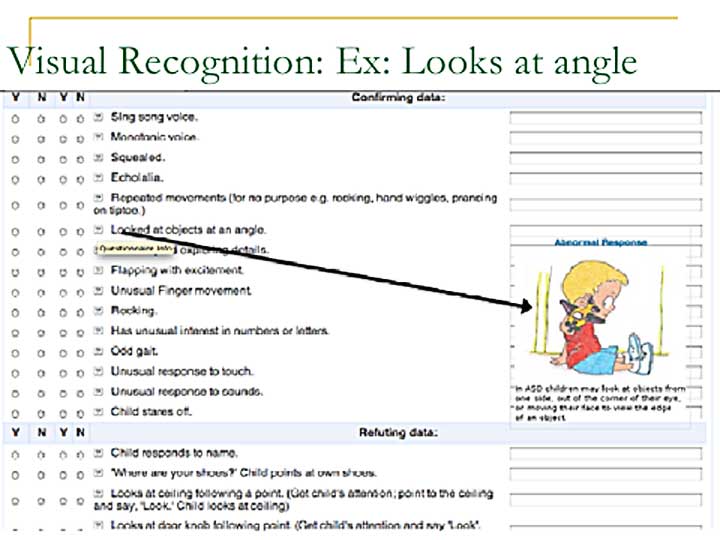 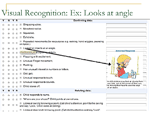 Other items consist of presence or absence of unusual behaviors sometimes seen in autistic children, such as looking at objects from the edge of their visual field. Clinicians can click to get a definition of the item and also see a cartoon illustrating the item. Clinicians can check if they observed the item directly or by history, in cases where the parent said the child does it at home. Some examples can be viewed by clicking the images at right. Other items consist of presence or absence of unusual behaviors sometimes seen in autistic children, such as looking at objects from the edge of their visual field. Clinicians can click to get a definition of the item and also see a cartoon illustrating the item. Clinicians can check if they observed the item directly or by history, in cases where the parent said the child does it at home. Some examples can be viewed by clicking the images at right. |
|||||||
Close [X]
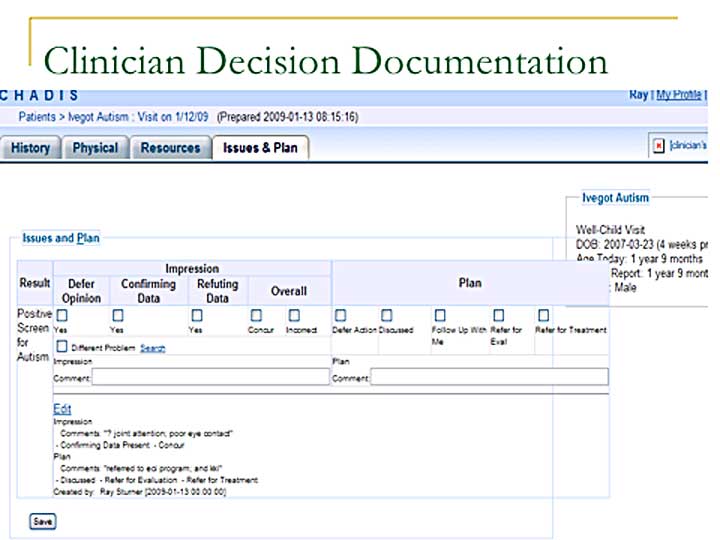  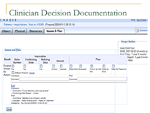 As the pediatricians use these decision support features they are taken to a screen that is populated with text from the observations they have clicked off and allows them to edit and click choices of confirming and/or refuting data as well as record their overall impressions and plans. This is illustrated in the icon link at right. As the pediatricians use these decision support features they are taken to a screen that is populated with text from the observations they have clicked off and allows them to edit and click choices of confirming and/or refuting data as well as record their overall impressions and plans. This is illustrated in the icon link at right.Close [X]
  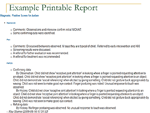 The above draft text can then be converted into a printable form for the pediatricians’ charting as follows (click image at right): The above draft text can then be converted into a printable form for the pediatricians’ charting as follows (click image at right): |
|||||||
|
|||||||
Close [X]
 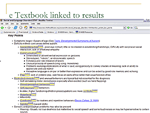 Includes clinical guides (enlarge graphic at right) that are accessed by link near results. The clinician may elect to click on the electronic chapter and refresh their knowledge of autism from a chapter that is organized into categories of keypoints, definitions, differential diagnosis, management, and also links to the current literature through the National Library of Medicine and pubmed. There are also links in the chapter to access parent handouts providing similar information in a more parent friendly form. Similar point of care e-chapters on related topics are also available. An example chapter page is noted to the right below: Includes clinical guides (enlarge graphic at right) that are accessed by link near results. The clinician may elect to click on the electronic chapter and refresh their knowledge of autism from a chapter that is organized into categories of keypoints, definitions, differential diagnosis, management, and also links to the current literature through the National Library of Medicine and pubmed. There are also links in the chapter to access parent handouts providing similar information in a more parent friendly form. Similar point of care e-chapters on related topics are also available. An example chapter page is noted to the right below: |
|||||||
Such lists of positive cases create a registry for tracking by individual clinician.
|
|||||||
•
Facilitate quality improvement assessments with optional supplements to CHADIS including:
a. Quality improvement reports b. Case based conferences with Developmental and Behavioral consultants b. (Drs. Howard and Sturner) |
|||
•
Coming soon: improved waiting room solutions with touch screen kiosk and IVR telephone access are currently being tested by our CHADIS research team.
|
|||


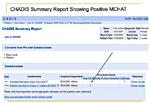
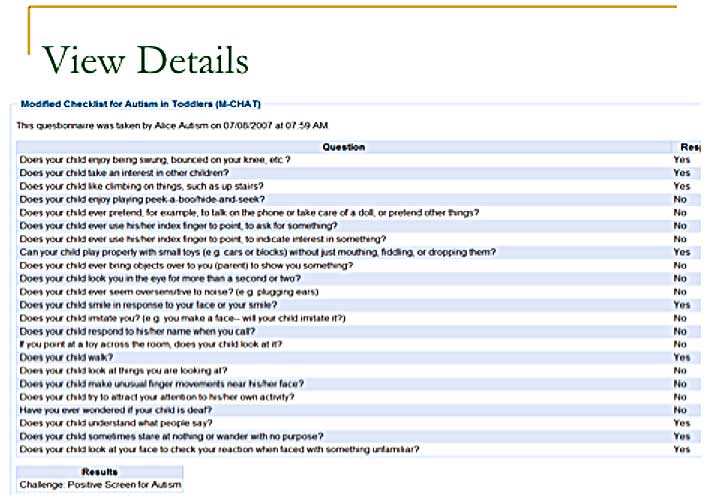
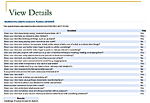 They may choose to view the details of the parent's responses.
They may choose to view the details of the parent's responses. 

